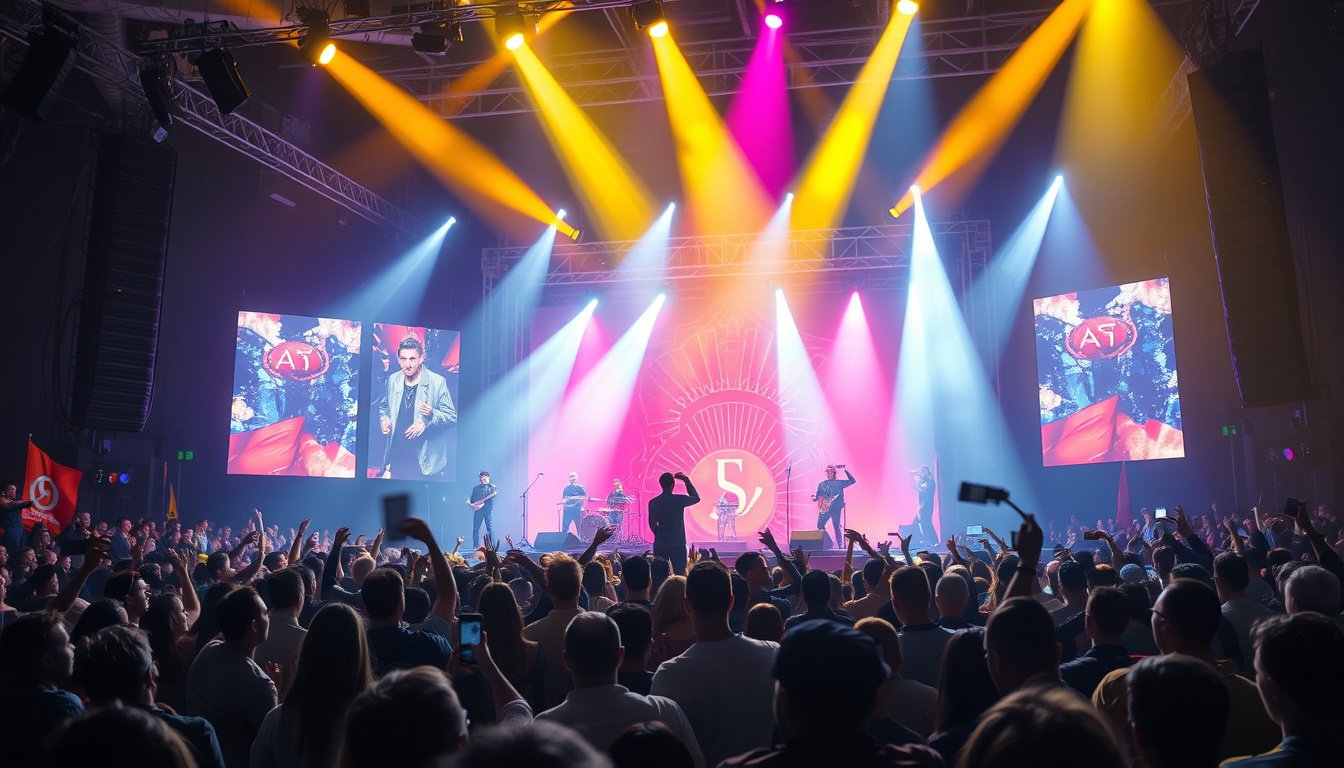In the ever-evolving landscape of live entertainment, concert ticket prices have become a hot topic for music fans and industry insiders alike.
As concert-goers increasingly weigh the value of their live experiences against the rising cost of admission, insightful perspectives from industry leaders are essential for understanding this dynamic.
Recently, Michael Rapino, CEO of Live Nation, expressed his viewpoint that concert ticket prices are still ‘underpriced’ despite heightened demand—an assertion that has sparked widespread discussion.
In this article, we will delve into the intricacies of concert pricing, explore consumer expectations, and consider the future of live events in light of these revelations.
Are concert prices truly cutting it?
Let’s unravel the data and insights presented by industry experts.

Key Takeaways
- Concert prices may be undervalued according to Live Nation’s CEO, reflecting strong demand.
- Consumer expectations for live events are evolving, impacting pricing strategies.
- The future of live events hinges on balancing value perception with concert accessibility.
Understanding Concert Pricing Dynamics
Understanding concert pricing dynamics is essential for fans who wish to attend live performances.
In recent discussions, industry leaders like Live Nation’s CEO have sparked debate by stating that concerts are currently ‘underpriced’ while the demand continues to surge.
This statement might raise eyebrows among concert-goers who often feel that ticket prices are already at a premium.
To dive deeper into this notion, factors influencing concert pricing include artist popularity, venue size, and location, alongside production costs and ticket availability.
High-demand shows, especially those featuring top-tier artists, often see a steep rise in prices due to limited supply.
Furthermore, dynamic pricing models, where prices fluctuate based on demand and purchasing patterns, contribute to the variance in ticket costs.
When events sell out quickly, followers experience what could be described as ‘FOMO’ (fear of missing out), which further inflates prices on secondary markets like resale sites.
As fans weigh their options, understanding these dynamics is crucial.
While it can be disheartening to see steep ticket prices, particularly after additional fees, appreciating the economics behind them can bring clarity and enhance the overall concert experience.
Some strategies to navigate these prices include collaborating with fellow fans to purchase tickets in bulk or exploring presale options that might yield better pricing.
Ultimately, knowing the factors that drive concert costs can empower fans to make informed decisions while fueling their passion for live music.
The Future of Live Events and Consumer Expectations
The landscape of live events is evolving rapidly, driven by shifting consumer expectations and technological advancements.
As consumers become increasingly selective about their entertainment choices, the demand for live concerts has surged, yet prices remain surprisingly low, according to Live Nation’s CEO.
This reveals a significant opportunity for event organizers to capitalize on a market ripe for exploration.
Attendees now expect more than just music—they seek immersive experiences that engage all the senses, including state-of-the-art production, interactive elements, and seamless entry protocols via digital ticketing.
Moreover, the rise of hybrid events that combine live and virtual experiences has expanded reach while providing comfort and flexibility for audiences.
In this new era, artists and promoters must adapt, leveraging data and analytics to understand fan preferences, while also embracing sustainability initiatives to align with the values of contemporary concertgoers.
As we look to the future, the challenge lies not only in meeting demand but in delivering exceptional experiences that leave a lasting impact, ensuring that live music continues to thrive as a cornerstone of cultural engagement.

